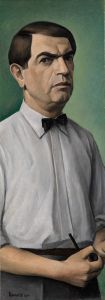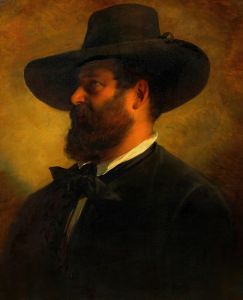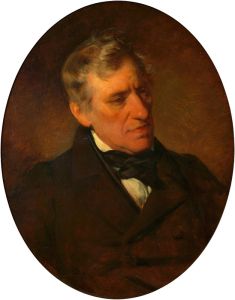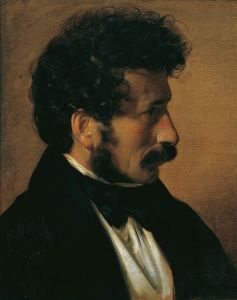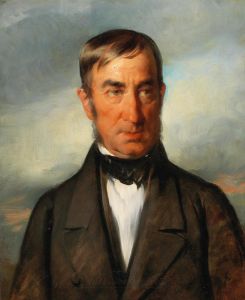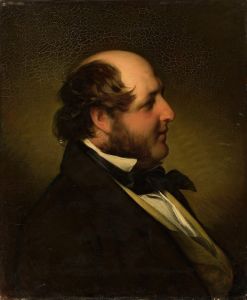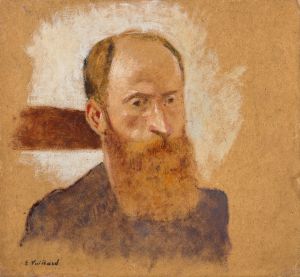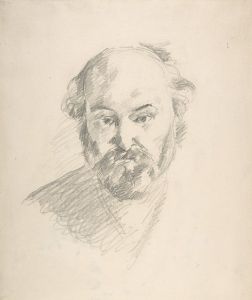
Self-portrait
A hand-painted replica of Friedrich von Amerling’s masterpiece Self-portrait, meticulously crafted by professional artists to capture the true essence of the original. Each piece is created with museum-quality canvas and rare mineral pigments, carefully painted by experienced artists with delicate brushstrokes and rich, layered colors to perfectly recreate the texture of the original artwork. Unlike machine-printed reproductions, this hand-painted version brings the painting to life, infused with the artist’s emotions and skill in every stroke. Whether for personal collection or home decoration, it instantly elevates the artistic atmosphere of any space.
Friedrich von Amerling was a prominent Austrian portrait painter of the 19th century, known for his detailed and realistic depictions of the European aristocracy and bourgeoisie. His self-portrait, like many of his works, reflects his mastery in capturing the essence and character of his subjects with precision and elegance.
Friedrich von Amerling was born on April 14, 1803, in Vienna, Austria. He studied at the Academy of Fine Arts in Vienna from 1815 to 1824, where he honed his skills in drawing and painting. He furthered his education in Prague and later in London, where he was influenced by the works of Sir Thomas Lawrence, a leading English portraitist of the time. This exposure to different styles and techniques greatly contributed to Amerling's development as an artist.
Amerling's self-portrait is a testament to his skill and attention to detail. Although specific details about the creation date and current location of this self-portrait are not widely documented, it is known that Amerling created several self-portraits throughout his career. These works often served as a means for artists to explore their own identity and showcase their technical abilities.
In his self-portraits, Amerling typically presents himself with a calm and composed demeanor, reflecting the confidence and self-assurance of a successful artist. His use of light and shadow demonstrates his understanding of chiaroscuro, a technique that adds depth and dimension to his paintings. Amerling's ability to render textures, such as the softness of skin and the intricate details of clothing, highlights his meticulous approach to portraiture.
Throughout his career, Amerling was highly sought after by the European elite, and he painted numerous portraits of nobility and members of the upper class. His works are characterized by their lifelike quality and the subtle yet expressive portrayal of his subjects' personalities. Amerling's portraits often feature rich color palettes and carefully composed backgrounds that complement the figures, adding to the overall harmony of the composition.
Friedrich von Amerling's contribution to the art world was recognized during his lifetime, and he received numerous accolades for his work. He was appointed a court painter by Emperor Franz Joseph I of Austria and was awarded the Order of Franz Joseph. His paintings are held in high esteem and can be found in various prestigious collections, including the Kunsthistorisches Museum in Vienna.
In summary, Friedrich von Amerling's self-portrait exemplifies his exceptional talent as a portraitist and his ability to capture the essence of his subjects with precision and elegance. His work continues to be celebrated for its technical excellence and its contribution to the tradition of European portraiture.





